
Worldwide in 2014, three dozen reference glaciers experienced an average mass loss equivalent to of 853 millimeters of water equivalent in 2014.
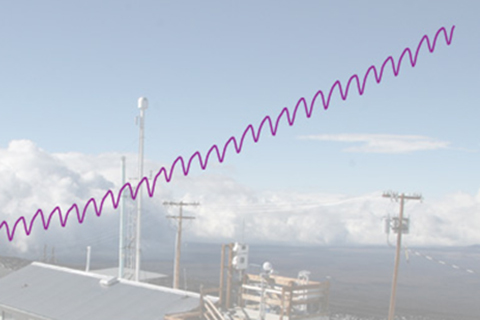
Scientists estimated global average carbon dioxide concentration at 397.2 parts per million (ppm) in 2014, as the global growth rate of carbon dioxide continues to accelerate.
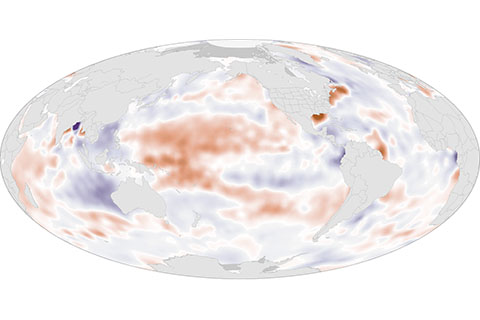
Across the globe, changes in salinity over time generally match changes in precipitation: places where rainfall declines become saltier, while places where rainfall increases become fresher. Where did saltiness change over the past decade?
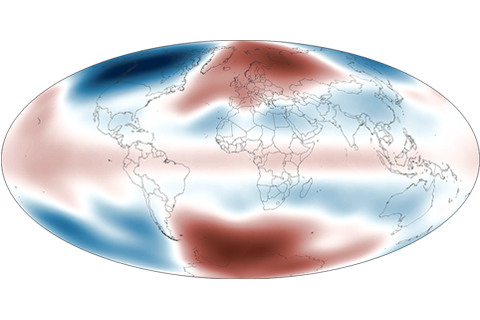
Observing temperature patterns in the lower stratosphere gives scientists clues about our planet's changing climate. Global average temperatures in the lower stratosphere for 2013 were slightly below the 1981–2010 average.
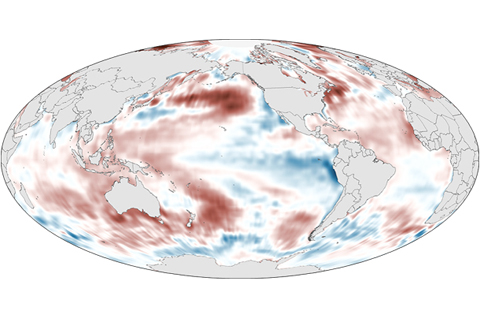
The globally averaged sea surface temperature in 2013 was among the 10 highest on record, with the North Pacific reaching an historic high temperature. ENSO-neutral conditions and a negative Pacific Decadal Oscillation pattern had the largest impacts on global sea surface temperature in 2013.
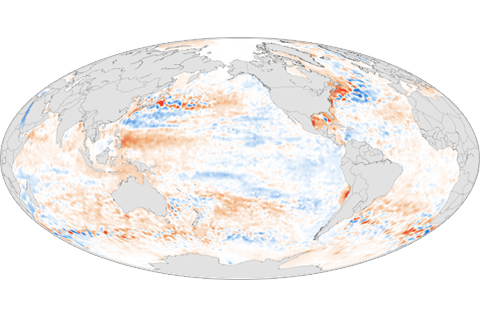
Upper ocean heat content has increased significantly over the past two decades. An estimated 70 percent of the excess heat has accumulated in the top 2,000 feet of the ocean, and the rest has flowed into deeper ocean layers.
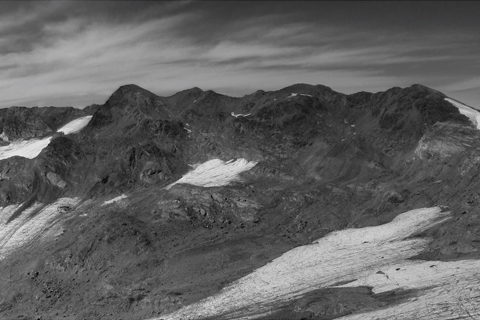
In 2012—for the 23rd consecutive year—mountain glaciers worldwide lost more mass through melting than they gained through new snow accumulation. The retreat of the majority of mountain glaciers worldwide is one of the clearest signs that climate is warming over the long term.

In 2013, global average sea level was 1.5 inches above the 1993-2010 average, which is the highest yearly average in the satellite record (1993-present). Overall, sea level continues to rise at a rate of one-eighth of an inch per year.
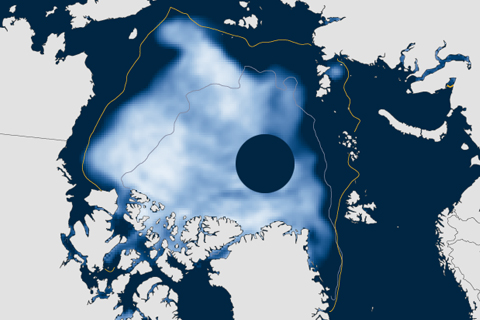
Arctic sea ice extent shrunk down to 2.0 million square miles (5.1 million square kilometers) in September 2013—18 percent below the 1981-2010 average, but larger than record low set in 2012.
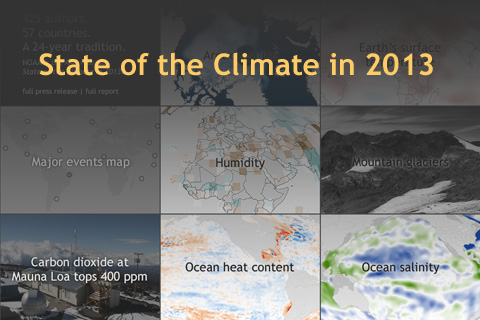
From the strongest typhoon ever observed to historically high atmospheric carbon dioxide levels, the State of the Climate in 2013 report provides a complete rundown on the state of Earth's climate and how it is changing.